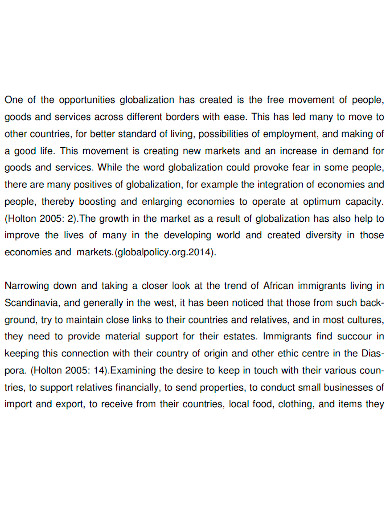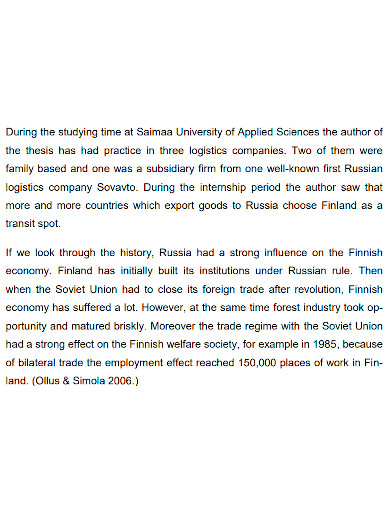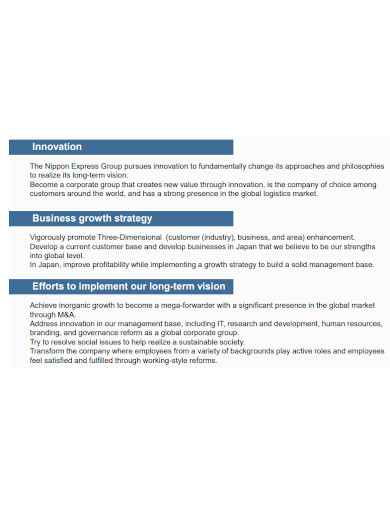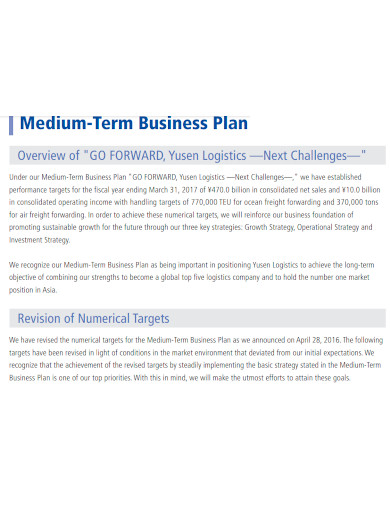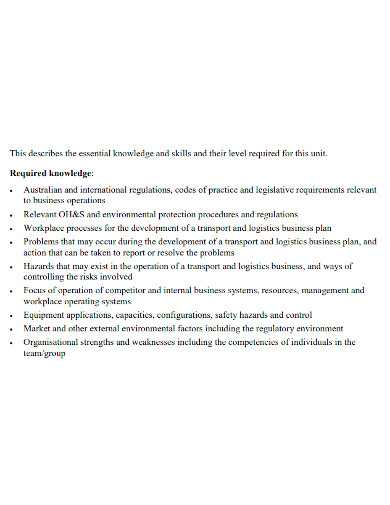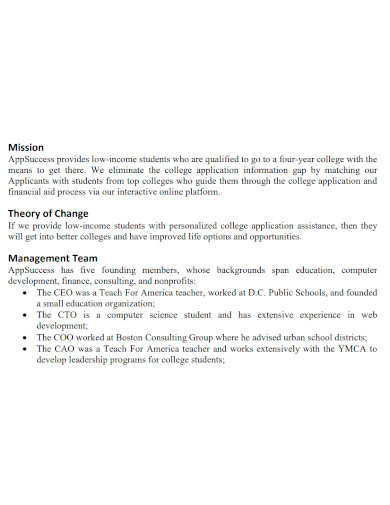Logistics companies and businesses are the wheels of the whole world’s enterprise, both literally and figuratively. Logistics manage how resources are distributed, stored, acquired, and transported. They essentially take care of transporting goods from one place to another, control the movement and storage of goods, services, or information in a supply chain, depending on their client’s logistical needs. Logistics businesses may not be the most recognized industry in the world since they usually operate behind the curtains of huge companies and corporations, making sure that the global supply chain functioning and not impeded in any way. Despite the waned popularity, competition is still quite concentrated with a number of competitors on the same industry. It may not be much, but a business plan for a logistics company is still very beneficial.
Businesses of all shapes and sizes are not simple entities to manage, even much less when you are working in an industry that is highly concentrated and you need to be constantly informed of the current status of your business. Fortunately, business plans can easily help you with that. A business plan is a largely important document that any business or company in any shape or scale need to have a roadmap that they can follow in order to ensure corporate success. Operating without a business plan is generally not advised since companies that don’t establish one typically just don’t last very long.
There are quite a number of benefits that come with creating and sticking to a well written business plan. Like being able to come up with an idea without investing too much time or resources, because you have already planned those components ahead of time. The scope that your business plan has to cover is significantly wider when planning out the prospects of a whole business. To get properly acquainted with what a logistics business plan is and how it works, check out these samples that we have listed right below. After getting the gist of the document, you can then use these samples as guides or even as a template for when you want to write your own logistics business plan.
6+ Logistics Business Plan Samples
1. Logistics Business Plan Sample
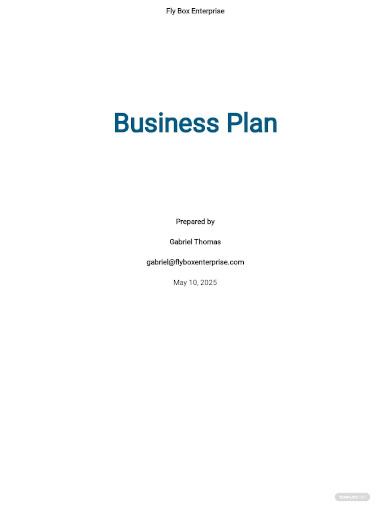
2. Strategic Logistics Business Plan
3. Family Logistics Business Plan
4. Logistics Business Plan Format
5. Printable Logistics Business Plan
6. Transport and Logistics Business Plan
7. Basic Logistics Business Plan
What Is a Logistics Business Plan?
A business plan is a written document that describes how a business would define and achieve its goals. A business plan lays out a roadmap for the whole company to take from a different standpoints from different departments. Marketing, financial, and operational departments, Business plans are largely essential documents that is usually used to attract a prospective investment even before the company is able to establish an impressive track record. Although the document is more useful for new and startup businesses, every company should be able to establish a well written business plan.
This should enable them to review and periodically update to see if the goals that they have set are met or if the company is actually just doing good overall. A business plan should be able to outline all the projected and estimated costs of a project or a venture that the company is working with. Even among competitors in the same industry, it is still very rare for business plans to be identical because every company tends to have their own way of dealing and approaching their own business, especially in the logistics industry, where companies usually have their own unique ways of delivering services.
Elements of a Logistics Business Plan
The length of a business plan varies greatly depending on the nature of the business and the circumstances that the business is working with. All of the information should fit into a 15 to 20 page document. Although no two business plans are identical, they usually work with all the same components. These components will be discussed in more detail below.
- Executive summary
This section should outline the company and all its relevant information related to the company’s mission-vision values, company leadership, employees, operations, and location. Essentially the executive summary should talk about what the business is. the nature of its operations, and all other necessary details. - Products and services
This section is where the company outlines that products and services that they offer. It includes pricing, service lifespan, and what benefits the customer may receive. Other factors that you may include is manufacturing and production process, patents, and proprietary technology. - Market analysis
A company needs to have a crystal clear idea of its target customers and their demographics. It should outline who or what the competition is in the industry and will give you a better idea on how to stay on the lead in the business. It will also describe the expected consumer demand for the product or service and will tell you how easy it would be to take advantage of it. - Financial planning
This section is where the financial status and other details of the company will be presented. It should be able to attract the attention of prospective clients that may be reading your plan. Financial statements, balance sheets, and other relevant financial information. - Budget
Every company needs to have a proper budget in place. This includes costs, staffing, manufacturing, development, marketing, and all other corporate related expenses.
FAQs
Who reads a business plan?
It is usually for individuals who work in and around the company, they are given an outline or the summary of the business plan. For outside entities however, such as investors, lenders, suppliers, and other executives, they will be presented with the entirety of the business plan.
What are the five elements of a business plan?
- Situation analysis
- Market
- Services positioning
- Setting objectives
- Strategy
What are the three types of logistics?
Inbound logistics, outbound logistics, and reverse logistics.
Logistics is still a highly competitive industry with the competition highly centralized. So establishing a business plan is always good business practice. One last thing to remember is that a business plan is a live document. It should be susceptible to change and adapt whenever the circumstances deem it necessary. It should grow and evolve together with the development of your company.
Related Posts
FREE 8+ Debt Management Plan Samples in PDF | DOC
FREE 10+ Sales Management Plan Samples in PDF | MS Word | Apple Pages | Google Docs
FREE 4+ 30-60-90-Day Marketing Plan Samples in MS Word | Google Docs | Apple Pages | PDF
FREE 10+ Higher Education Lesson Plan Samples in MS Word | Pages | Google Docs | PDF
FREE 9+ 30-Day Marketing Plan Samples in PDF | MS Word | Apple Pages | Google Docs
FREE 3+ Sales Team Action Plan Samples in PDF | MS Word | Apple Pages | Google Docs
Marketing Plan For Small Business Samples
FREE 7+ Fashion Business Plan Samples in PDF
FREE 10+ Sprint Planning Samples In MS Word | Google Docs | PDF
FREE 10+ Wedding Planning Samples in MS Word | Apple Pages | Powerpoint | PDF
FREE 9+ Monthly Study Planner Samples in PSD | Illustrator | InDesign | PDF
FREE 9+ Sample Curriculum Planning Templates in PDF | MS Word
FREE 10+ Basketball Practice Plan Samples in PDF
FREE 12+ School Business Plan Samples in PDF | MS Word | Apple Pages | Google Docs
FREE 7+ Client Strategic Plan Samples in PDF | MS Word

